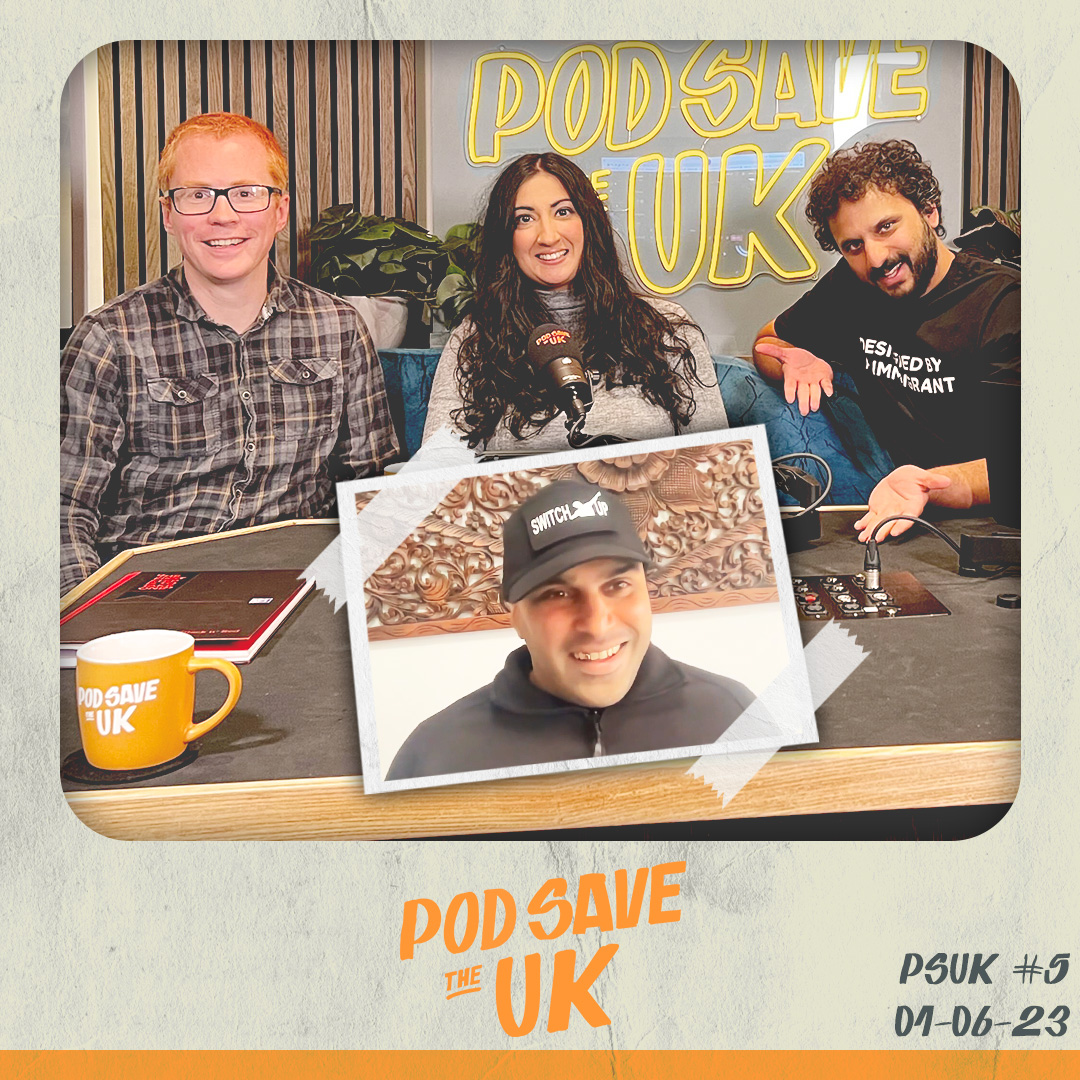Last year, 244 people in England and Wales tragically died after being assaulted with a knife. Of these, 32 were children. Most recently, the shocking killing of 14-year-old Daniel Anjorin sparked renewed calls to rid dangerous weapons from our streets.
Data suggest knife violence may be falling.
Every life lost due to violence is one too many. However, violence isn’t inevitable. Recent data shows there are reasons to be cautiously optimistic. In 2022/23 (the latest year we have figures for), hospital admissions for assault with a knife or sharp object were down 9% on the previous year. Homicide victims from knife or sharp object assault fell 13%. And offences recorded by the police as involving a knife or sharp weapon remain 7% below pre-pandemic levels, despite increasing over the past two years.
Knife-related offences, hospital admissions and homicides: percentage change compared to 2019/20 levels (England and Wales)
Sources: NHS Hospital Episode Statistics; Home Office Homicide Index; Office for National Statistics: Offences involving the use of weapons
But knife violence remains far too common.
Despite these recent improvements, the damage done by weapons-related violence remains far too prevalent. In order to tackle it, we need to understand and address the factors underlying weapon carrying.
For knife crime awareness week, we’ve revisited the data from our Children, Violence and Vulnerability Survey, collected last year. This was a nationally representative survey of over 7,500 13 to 17-year-olds across England and Wales. Below we highlight five key insights about children and young people who said they’d carried or used a weapon.
From their responses, we found that…
1. They are part of a small but vulnerable minority
4%
of 13-17 year olds had carried a weapon in the past year.
4% of young people who responded to our survey said they’d carried a weapon in the past 12 months – equivalent to over 140,000 13-17-year-olds in England and Wales. These children are amongst the most vulnerable. Compared to all respondents, they were more likely to be regularly absent from education (16% vs 8%), be supported by a social worker (50% vs 15%), have had contact with the police (34% vs 3%) and to say they’d been in a gang (48% vs 5%).
2. They were less likely to feel safe at home and school
Only
55%
of children who carried a weapon felt safe at home.
For most children, home and school are safe places. However, teenage children who carried a weapon were less likely to feel safe at home, in school and at friends’ or relatives’ homes. Just over half (55%) of 10-17-year-olds who reported carrying a weapon said they felt very safe in their own home compared to 84% of all 10-17-year-olds. 76% felt safe in school (vs 85% for all 10-17-year-olds) and 81% at friends’ and relatives’ homes (vs 93% for all 10-17-year-olds). They were also more likely to feel safe in places where others felt unsafe: in youth clubs, on public transport and in public parks.
3. They were more likely to have seen weapons on their social media.
Children who carried weapons were
2.3x
more likely to have seen weapons on social media.
Almost all children who’d carried a weapon in the past 12 months had seen at least one type of violent content on social media in the same period – 94% vs 60% of all 13-17-year-olds. Around two-thirds (68%) said they’d seen other children or young people carrying, promoting or using weapons on social media. This compares to 29% of all respondents, making them 2.3 times more likely to have seen such content. They were significantly more likely to say that, given the opportunity to turn off social media for themselves and everyone they knew, they would do it.
4. They were significantly more likely to have been personally affected by violence.
Children who carried weapons were almost
4x
more likely to be a victim of violence.
Not only were children who’d carried weapons more likely to have seen violence on social media, they were also more likely to have experienced violence themselves. 82% had witnessed violence in person and 65% had been a victim of violence – almost four times the rate for all 13-17-year-olds (16%). Of those who’d carried weapons, 31% had been threatened or hurt with a weapon specifically, compared to 6% of all 13-17-year-olds.
5. The majority had actually used a weapon to threaten or hurt someone.
Children who carried weapons were
4.7x
more likely to have perpetrated violence themselves.
Children who’d carried weapons were more likely to say they’d perpetrated violence themselves. 71% said they’d been violent in the past year and 70% said they’d used a weapon to threaten or to hurt someone – compared to 15% and 7% for all 13-17-year-olds. The most common reason given for being violent was feeling threatened or provoked (52%). But compared to children who’d perpetrated any kind of violence, they were more likely to give gang, neighbourhood or school rivalry (40% vs 16%), being bullied (29% vs 23%), theft (16% vs 6%) and pressure from someone else (16% vs 7%) as reasons they’d perpetrated violence.
So what can we do to tackle knife crime?
These statistics demonstrate that children who carry weapons are at increased risk of experiencing and perpetrating violence. And they are less likely to have access to spaces – such as home and school – where they can feel safe.
While these findings should cause concern, violence isn’t inevitable. There are things we can do to protect young people from becoming involved in knife crime:
- Prioritise what works to prevent knife crime.
The YEF Toolkit summarises the best available research about the effectiveness of different approaches to preventing violence.
If you work in the education sector, read our recommendations on what can be done in schools, colleges and Alternative Provision to reduce children’s involvement in violence.
- Reform systems to protect and support children.
Reforming policies and systems that support children—such as children’s services, the youth sector and youth justice—can enhance support for those most vulnerable to violence. Learn more about improving support for arrested children in our first Systems Guidance.
- Understand the lives of children and young people.
In our next survey of young people, we’ll build on our research by asking more about the effects of weapons on their lives, including why they carry weapons and the impacts of seeing them on social media. For the latest updates, sign up for our newsletter.
Related content
-
Blog
Blog:Is knife crime at record highs?
The recent tragic deaths of Elianne Andam, Taye Faik, Max Moy Wheatley and Keelen Morris Wong have once again put knife crime on the front pages. These heartbreaking incidents compel us to ask ourselves some difficult questions. Why did these events occur? Could they have been avoided? How can we stop them from happening again? … -
Blog
Blog:What works to prevent knife crime?
The Youth Endowment Fund’s Jon Yates, joins Dr Marcellus Baz founder of Switch Up, Coco Khan and Nish Kumar on the Pod Save the UK podcast to discuss the practical solutions to preventing knife crime. You can watch the episode below. Want to find out more about the Youth Endowment Fund’s work to prevent knife… -
Blog
Blog:We know how to stop knife crime, so why don’t we do it?
Jon Yates, Executive Director at the Youth Endowment Fund, presents Radio 4's Analysis programme to investigate.


